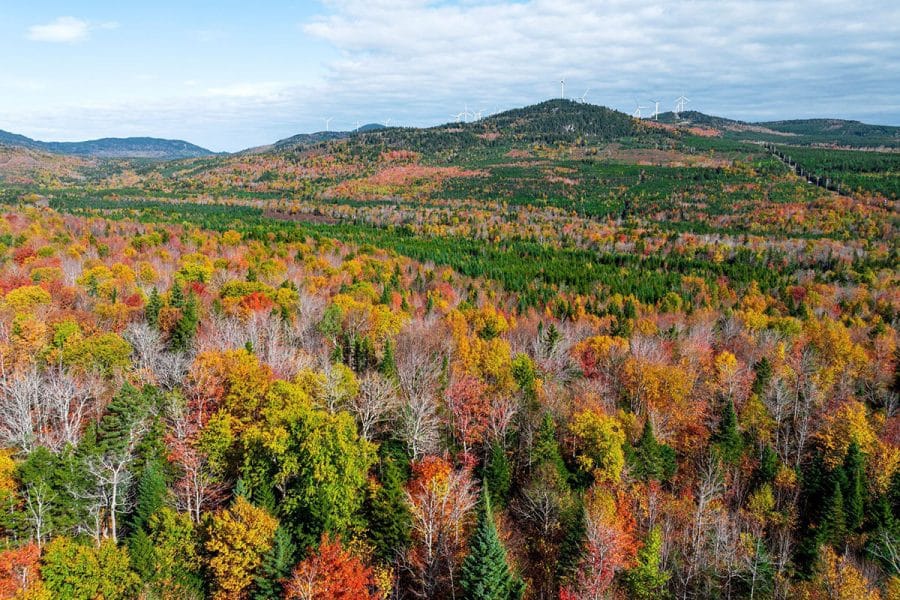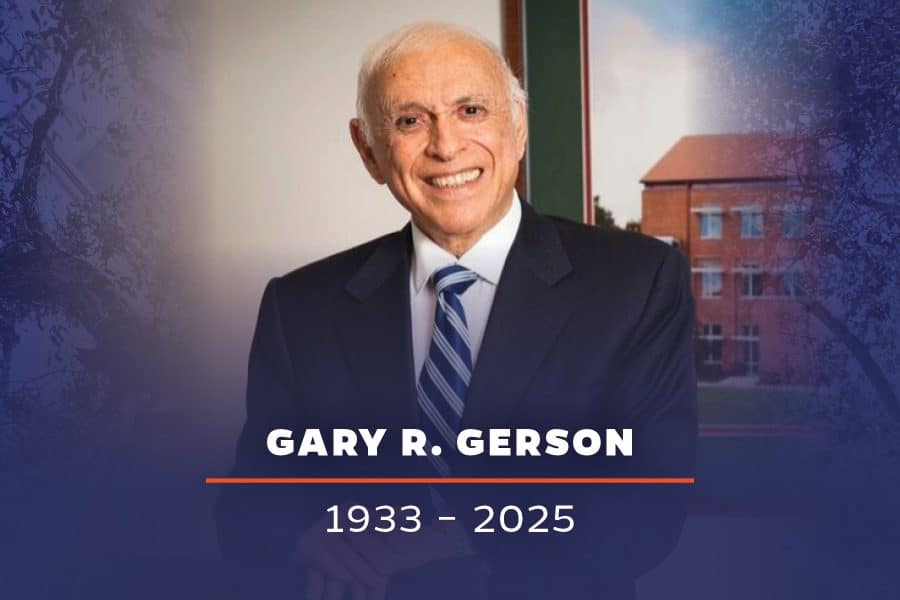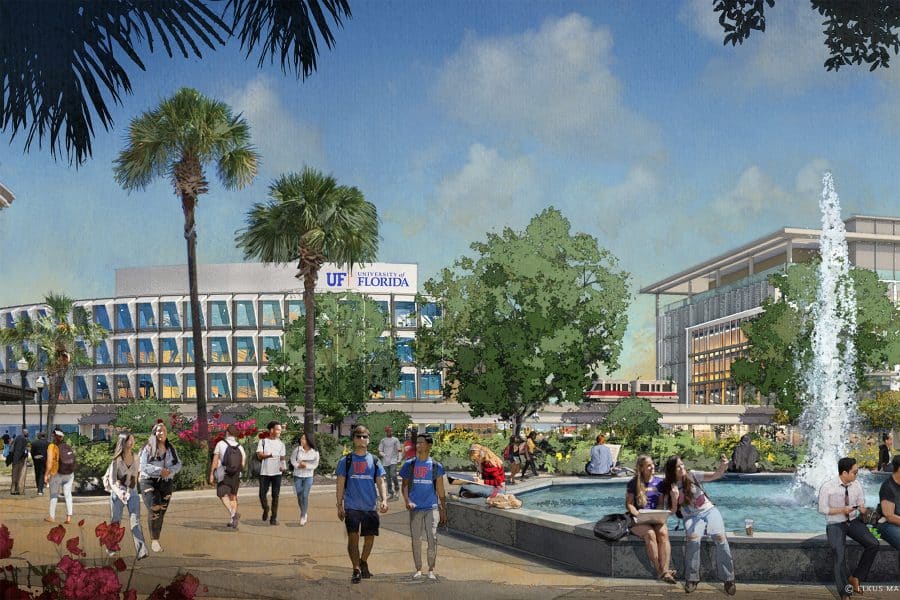
Carbon credits: A new harvest for owners of forestland?
In some parts of the countryside, the natural carbon-capturing abilities of forests has emerged as a revenue stream. Investors and owners of forestlands and low-productive farmland are monetizing their natural assets not by traditional logging or development — but by changing harvesting practices or planting trees on degraded lands to sequester more carbon. The players include not only major U.S. timber companies such as Weyerhaeuser, but family forest owners and a handful of startups. They are banking that a creditable carbon offset market can provide a source of revenue in an era when carbon dioxide and other greenhouse gases are blamed for rising global temperatures and climate disruptions.
But this potential financial boost comes with plenty of skepticism and claims of corporate “greenwashing.” The carbon market is trying to recover from a 2023 downturn that depressed prices after critics widely questioned the validity of many carbon offset projects funded by big-name corporations like Delta Air Lines, JP Morgan and Microsoft. Journalists discovered that up to 90% of rainforest carbon offsets did not achieve real emissions reductions, while the Berkeley Carbon Trading Project determined that less than 16% of credits represented genuine environmental benefits. More recently, a research project[1] led by Sehoon Kim, a University of Florida assistant professor of finance at the Warrington College of Business, found that relatively few of the offset projects used by 866 publicly traded companies had been verified as high quality by an external carbon rating agency.
Some U.S. developers say it’s unfair to paint their carbon credit projects with the same broad brush that has tainted other offset efforts, particularly projects in developing countries that have been widely debunked. Nevertheless, they acknowledge that the market must improve its methodologies, verification standards and credit integrity to ensure forests deliver environmental and financial value. “The market’s still sorting itself out,” said Richard Hall, an investment adviser and registered forester who runs Buckhead Resources, an Atlanta-based natural resource advisory firm. “I tell clients: don’t assume carbon is a slam dunk, but don’t ignore it either. It’s now part of the real estate value discussion, especially on underperforming timberland.”
The backwoods of carbon market
The concept of using trees and market forces to help solve the greenhouse gas problem appeared in the late 1980s when a U.S. power company, Applied Energy Services (now known as AES), proposed surrounding a coal-fired power station in Connecticut with a forest to absorb all the carbon emissions. The plan proved implausible (it would have required planting 52 million trees) but it led to another idea: since the atmosphere was a global commons, why not place the forest elsewhere? The company eventually paid 40,000 farmers to plant trees in Guatemala for $2 million — pennies per ton of carbon. A decade later, carbon offsetting was enshrined in international law through the Kyoto Protocol, and carbon markets expanded in the 2000s with the UN’s Clean Development Mechanism.
Today’s carbon credit economy works via two distinct channels: the compliance and the voluntary markets. The compliance market operates in places such as the European Union, California, the Northeast U.S.; large-scale emitters like power producers face penalties if they emit more carbon than allowed or don’t buy allowances within a cap-and-trade system. In contrast, the voluntary carbon market serves corporations that voluntarily make climate commitments such as pledging to “net-zero” their greenhouse emissions. If they can’t reduce all their environmental impact in-house, they buy carbon credits to “offset” the rest of their emissions. Kim noted that the carbon market has sprouted from virtually nothing 20 years ago to roughly 30 million metric tons of carbon offset per year. A single carbon credit represents avoiding or removing one metric ton of carbon dioxide (or the equivalent in other greenhouse gases) from the atmosphere.
Another important thing to know about the carbon market: It isn’t only about trees. It also includes switching to renewable energy, redesigning products to use fewer carbon-intensive materials and adopting new technology to capture and store carbon. But scientists contend there is no hope of curbing the worst effects of climate change without saving forests, given that the Earth’s 3 trillion trees absorb nearly a third of the billions of tons of carbon mankind emits every year.
The new forest math
For landowners, the primary draw of the carbon market is diversified revenue. Weyerhaeuser’s entry represents a shift for a giant forest-holding company that ranks as America’s largest landowner. The company’s approach is known as improved forest management (IMF), which involves extending harvest rotations and changing thinning practices to store more carbon than under normal harvesting operations, said Alicia Robbins, the company’s vice president of Natural Climate Solutions & Business Development. In September 2023, Weyerhaeuser sold all of the 32,000 credits available on its first carbon offset project in Maine for $29 a credit. It has since sold 50,000 more credits and its natural climate solutions unit is on track to generate $100 million this year, with seven more projects under development. Robbins said it was seeing broad interest from finance, energy, technology and transportation companies.
Large landowning companies aren’t the only developers of carbon projects. Startups like LandYield and Chestnut Carbon partner with landowners holding as little as 40 acres to access the voluntary carbon market by aggregating and marketing credits to corporations to offset their emissions. Shannon Smith, chief commercial officer at Chestnut Carbon, explained the company’s Forest Carbon Works program enrolls landowners into 60-year agreements, with 25 years of active carbon crediting. The contracts essentially function like conservation easements. “We put a stringent cap on harvesting, but in return, landowners receive $25 to $50 per acre annually, depending on market conditions and forest productivity,” she said. Separately, Chestnut’s afforestation program has planted 10 million trees on marginal crop and pasture lands in the Southern U.S. Sample property: a 300-acre former cattle pasture in East Texas where it is planting diverse hardwood and softwood seedlings. Chestnut’s focus on U.S. projects stems from a belief that land ownership laws are clearer, reducing investment uncertainty, Smith said.
The additionality problem
A challenge inherent in the forest offset model is it wants to treat carbon as a commodity like cotton, soybeans or even two-by-fours. But it faces an issue the others don’t: proving “additionality” — which means projects must represent genuine changes beyond what would have happened anyway. To do so, developers must scientifically show the effect on carbon emissions if a forest had been cleared instead of protected — a counterfactual impossible to prove. To really make a difference and scale up to a larger market, Kim emphasized the need for robust data to more accurately estimate carbon credits and for more openness among market participants. Without continued improvements for quantifying carbon reductions, the carbon credits might remain too low to create meaningful incentive for substantial environmental change.
Weyerhaeuser tries to address these concerns through detailed harvest plans extending decades into the future, creating what the company calls “credible and conservative baselines” against which to measure changes. All projects undergo third-party verification through the American Carbon Registry, or ACR, one of several registries with established rules by which projects are developed and credits quantified. As a publicly traded company, Robbins said Weyerhaeuser must ensure carbon projects create more economic value beyond timber alone — a requirement that executives argue provides built-in additionality. Reforms are being made to strengthen registries and add additional layers of oversight. These include third-party carbon credit rating agencies like BeZero and Sylvera, which Kim compared to financial rating services such as Moody’s and S&P, providing independent assessments of carbon credit quality. Insurance companies are even providing coverage to protect against risks like wildfires, which can destroy carbon credits.
For financially motivated landowners, the answer to the central question of the whether carbon credits can compete with timber varies by region and forest type, said Hall, the forester and financial adviser. “As with real estate, location matters in the carbon markets. In regions with low timber prices and challenging operating environments, carbon payments can be competitive.” Dylan Jenkins, vice president of portfolio development of Wayne, Pa.-based Finite Carbon, a developer of forest offsets, said: “Carbon’s not going to compete with real estate near cities, but in rural areas with spotty timber markets, it’s a game changer.”
Related Stories
Sign up for our mailing list
For the media
Looking for an expert or have an inquiry?
Submit your news
Contact us
Follow us on social
@ufwarrington | #BusinessGators


